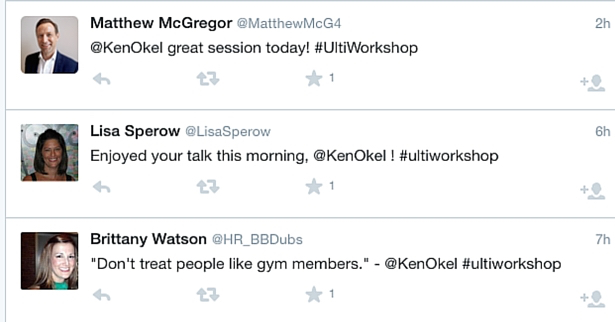 When you solve problems the same way, you assume there is only one possible solution or one solution that works. That approach may become a limiting belief that costs you time and money.
When you solve problems the same way, you assume there is only one possible solution or one solution that works. That approach may become a limiting belief that costs you time and money.
Years ago, I lived in an apartment with no laundry facilities. Luckily, I found a nearby laundromat. The family owned business tried to engage with customers, with a whiteboard that featured the laundry tip of the week.
The tips were always about stains and after a few weeks, I noticed something. The tip was always the same: Take some powdered Tide detergent, mix with water, and rub the paste into the stain. Wash with the rest of your clothes.
The stain could be grease, blood, or chocolate but the solution was always the same. While I’m not a laundry expert, I had a feeling the advice was of limited value. A visit to the American Cleaning Institute’s website shows a wide variety of stain removal processes.
The laundromat’s management was kind in giving out advice, yet obviously limited by expertise. I’m sure some customers followed the tip and were disappointed in the outcome. You can’t solve problems the same way.
Maybe at work, you’re disappointed in some of the answers you’re receiving when it comes to your challenges. Consider this process to help you think of better solutions:
The Money Game
Consider how you’d solve the problem if you had $10 or $10,000. This can open the door to creative thinking and help you scale solutions to your budget.
Make sure the responses are grounded in reality. You’re not allowed to say, “We’d just hire Superman.”
Travel Through Time
Ask if things stay the same, how much will the problem or the solution cost you in one year? Put a price tag on the total disruption.
For example, a copier that breaks once a month may require monthly service repairs. You should also consider the cost of people going elsewhere to make copies, while the machine is broken. Suddenly, the cost of a new machine may be more attractive.
Remember Rejected Ideas
In the past, an objection may have led to a new solution not being pursued. The issue may have been something like a high price tag.
Since that discussion, marketplace competition may have lowered the cost or improved the offering. It’s wise to revisit the solutions that were rejected.
Consider Outside Advice
We live in a world of abundant online review. It’s a great starting point for searching for new solutions to problems. Old fashioned networking also provides a chance to talk shop with your peers.
In isolation, an organization’s ideas may grow stagnant. Empower through education. Sometimes a shared challenge may be solved though a united response. That process doesn’t happen if everyone stays silent.
Over time, a problem could define the success of your organization. Don’t solve problems the same way.






